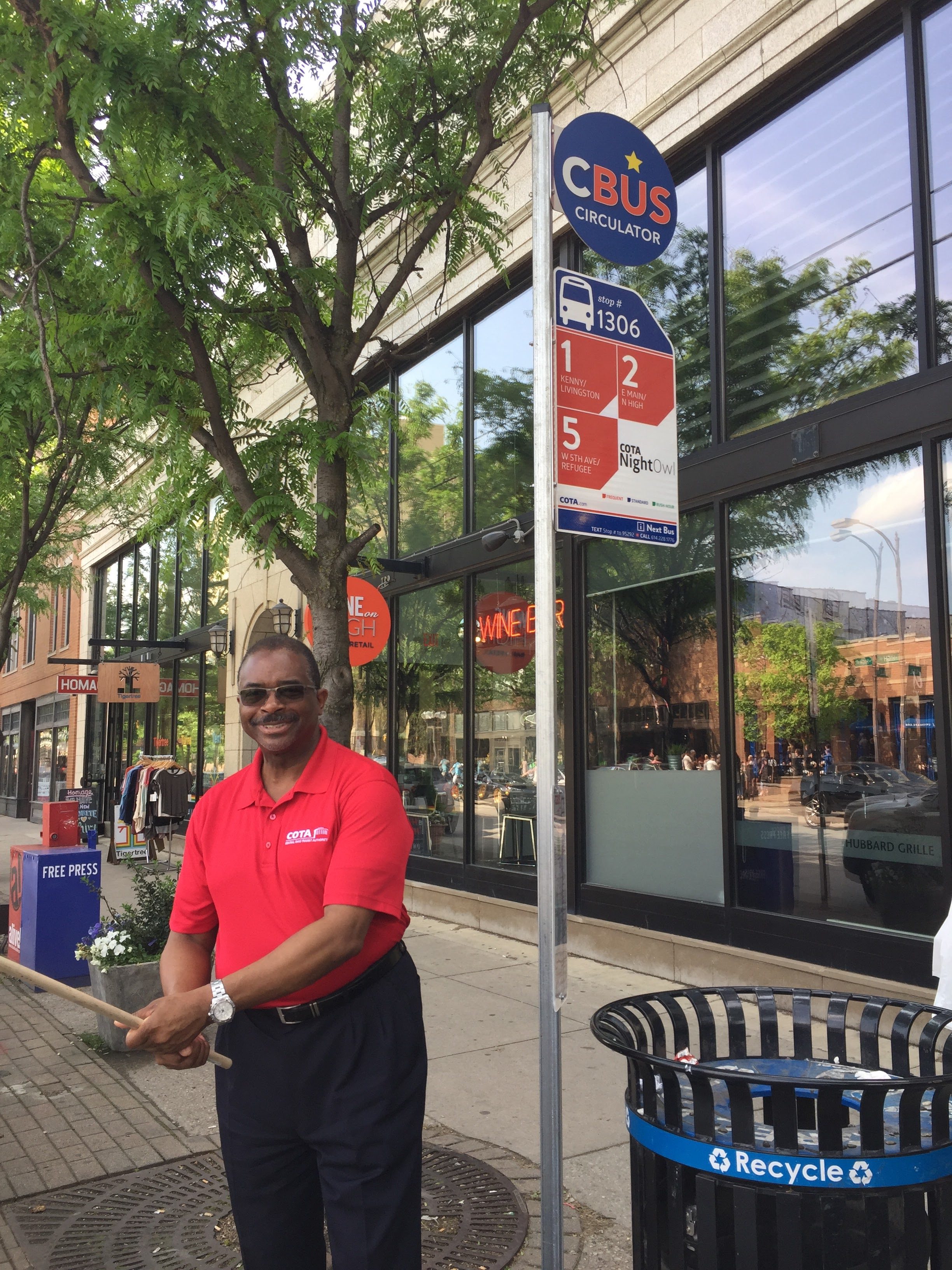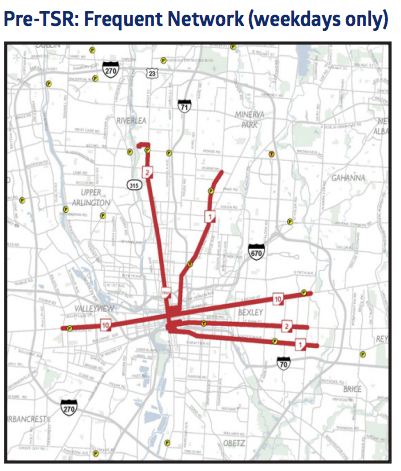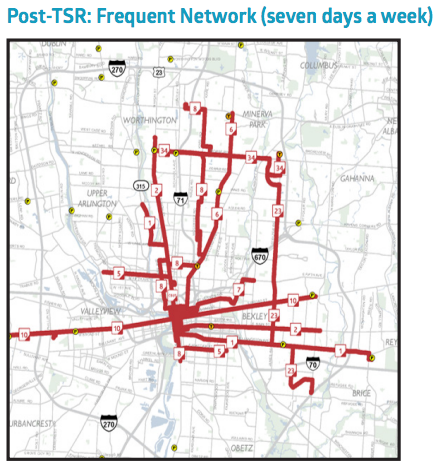
CEO Curtis Sitt unveils Columbus' new bus system
Columbus, Ohio, lauded as an official USDOT “Smart City,” has a transit agency that’s actually doing something brilliant.
When city residents went to bed Sunday night, their bus network was a relic from the 1970’s, when the Central Ohio Transit Authority (COTA) was established. When they woke up this morning, their redesigned bus network was markedly updated.
We could share the figures that 100,000 new Columbus residents will now be within a five minute walk of transit that comes every 15 minutes or better. Or that 110,000 more jobs will be within a five minute walk of transit, making getting to work easy or affordable.
But let’s just show you the maps.


COTA, Columbus’ transit agency, is not simply changing routes – but also supercharging weekend service. Transit service will now be useful to Columbus residents seven days a week. Saturday service will increase by 50% and Sunday service will increase by 120%. The heightened levels of frequency will enable the type of “walk up and go” conditions that make a system easy to use on a routine basis.
What did it take to get to this point? Leadership and focus.
When Curtis Sitt, COTA’s CEO, joined the agency in 2012, an employee shared a map of COTA’s 1974 system with him. He immediately recognized it as the same one they were still using.
He set out to redraw the system map for a city that has changed substantially since then. Staff worked with Jarrett Walker and surveyed the public to determine where the current system was failing to meet the needs of current and potential riders. Advocates at Transit Columbus pushed the agency to take bolder steps and championed the plan to the public. As a result, residents of Columbus now have a bus system that reflects a city with a third more people than in 1974 and the fastest growing economy in Ohio.
Four years from its inception, the transit system redesign process has provided Columbus with a network that makes it far easier to get to jobs and school without having to plan around complicated or infrequent schedules. While last year’s “Smart Cities Challenge” got the buzz, its the planners and advocates in Columbus involved in the transit overhaul who could make the city competitive for years to come.
 On the Brink: Will WMATA’s Progress Be Erased by 2024?
On the Brink: Will WMATA’s Progress Be Erased by 2024?
The experience of being a WMATA rider has substantially improved over the last 18 months, thanks to changes the agency has made like adding off-peak service and simplifying fares. Things are about to get even better with the launch of all-door boarding later this fall, overnight bus service on some lines starting in December, and an ambitious plan to redesign the Metrobus network. But all of this could go away by July 1, 2024.
Read More A Bus Agenda for New York City Mayor Eric Adams
A Bus Agenda for New York City Mayor Eric Adams
To create the “state-of-the-art bus transit system” of his campaign platform, Mayor Adams will have to both expand the quantity and improve the quality of bus lanes. We recommend these strategies to get it done.
Read More